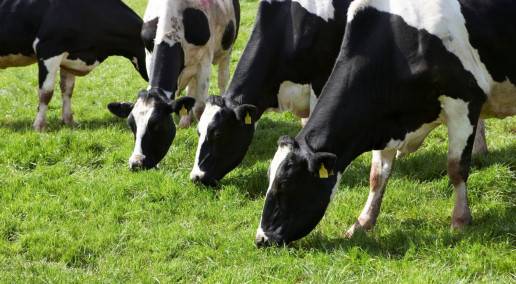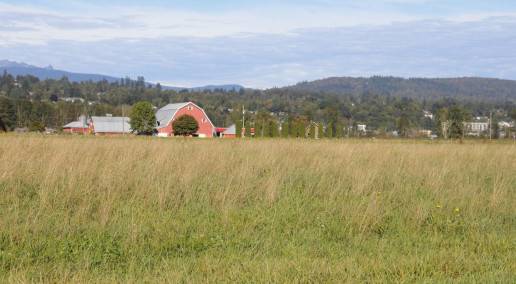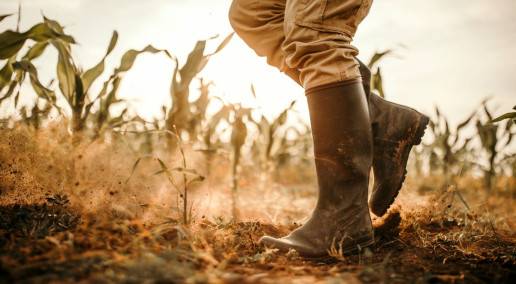This panel’s speakers consisted of:
Gabrielle Bastien is founder and co-director of Regeneration Canada and vice-president, 4per1000 Initiative. Driven by a strong desire to contribute to the fight against the climate crisis, she founded Regeneration Canada in 2017, a non-profit dedicated to promoting soil regeneration to mitigate climate change, restore biodiversity, improve water cycles and support a healthy food system. Regeneration Canada has contributed to raising awareness to hundreds of thousands of people on this solution and to changing the climate narrative in Canada. She has hands-on experience from a farm in Vermont and has gathered years of experience in communications, project management and event planning. In March 2021, Gabrielle was elected as vice-president of the 4per1000 initiative. She is a proud recipient of Canada’s 2021 Clean50 Emerging Leader Award.
David is principal of DMci Strategies and a strategic advisor, speaker and facilitator on change and opportunity facing the Canadian and global food system. He has initiated and is currently leading a private-public coalition of some 50 partners to develop Canada’s first agri-food sustainability index. He is a member of the Agricultural Research Institute of Ontario (ARIO), a governance committee member of the Canadian Agri-Food Sustainability Initiative (CASI), an Arrell Food Fellow with the Arrell Food Institute at the University of Guelph and an affiliate of McGill University’s Institute for Global Food Security and a global advisor for Nova Scotia Business Inc. He has also been a Senior Fellow of Canada 2020 (an Ottawa-based think tank) and a contributing editor of The Economist Intelligence Unit.
Nathalie Côté is part of Les Producteurs de bovins du Québec. She has held various positions, such as quality and environment management and director of agronomy. As director of agronomy, Nathalie now looks after animal welfare and was active in the development of animal welfare rules in Quebec and Canada as a member of the Development of the Code of Practice for the Care and Handling of Heavy Calves Committee and currently sits on the Cattle Transportation Code Committee. She has been the coordinator of the Verified Beef Production Plus (VBP+) program, the sustainable beef program for cow-calf and steer production since 2005. She is also the coordinator of the Verified Veal program, the on-farm food safety program for milk-fed veal production since 2013 and the Quebec Certified Grain-Fed Veal program since 2017.
Supply chain GHG is 89 per cent. With the international value chain making large commitments, how do we start the process of driving the practice change?
(David) Sustainability and our current challenges are so complex. Because of this it requires us to work differently together. Large agri-food producers are reaching back through their supply chain to make change. It really is forcing new collaboration. As this happens, it begs the need for common metrics so we have a common understanding and broader solutions can become clear.
How many cattle producers are there in Quebec?
There are 200 veal producers and 3000 cow-calf producers with 300 who use feedlots.
How do we engage the producer community to support these sustainability goals?
(Natalie) People agree with the sustainable principle, but this is not necessarily concrete. This is why a certificate program is helpful, because knowing the base numbers is important for making this more concrete.
How do we support producers along the shift from conventional agriculture, and tie it with climate change mitigation? How can we win the hearts and minds of growers, and how do we get adoption of rapid adaptation as risk grows?
(Gabrielle) The beauty and challenge of this domain is that there are so many different benefits that it can be challenging to communicate, so we need to emphasize different elements based on who we speak to. Adaptation and resilience to climate change is a strong point, as farmers are on the front lines of climate change impacts. Climate mitigation has broad benefits, but in the short term farmer adaptation is more applicable. The need to be inclusive is important because farmers at all scales can play a role.
(David) Sustainability starts at the producer level with productivity. It must speak to their own productivity, which is driven by a good economic perspective. Producers want to know how their own profitability can be improved. The benefits go beyond farmers, so common metrics are useful to show the customer and retailer what the net impact of these improvements are.
How does the defeatist mindset of participating in the COP process effect change?
(Gabrielle) Everyone can take steps in the right direction. The urgency can make the immense work to be done overwhelming. Situations are different for everyone, so we must meet people where they are at, and enable them to take the steps they are uniquely ready to take.
(Nathalie) It’s not a static thing, the journey is continuous, but it’s not easy for the public to see that because they want facts. This is why having standards in certification is important and helpful. The definition of sustainable beef is not easy to define within a 20second message, and it does shift over time.
(David) Standards are an interesting issue, because they can be thought of as regulatory issues for box checking. We need common ideas and language to create trust and transparency. Common guidance can make this easier for large suppliers especially. RoundTable on Sustainable Beef and crops are good examples of this.
How do value chain investments support production change?
Best management practices make good business sense. We also see producers being paid for sustainability practice, but it’s not uniform. This chaos shows a new maturity level is being approached, there’s more creativity and the market is shifting. The market is wanting a greater demonstration of sustainability.
(Nathalie) Short term answer since Sustainable Beef is new. The principal that was accepted at the round table was to pay money back to producers, but it is hard to trace the link back to the producers. This is possible through the traceability system, with animal tags and producers get bonus value using this existing tagging system.
(David) The Visibility of the value of grasslands is going to increase. There will be increasing scrutiny, and we’ll need to attend to that.
Back to Most Popular



Leave a Comment